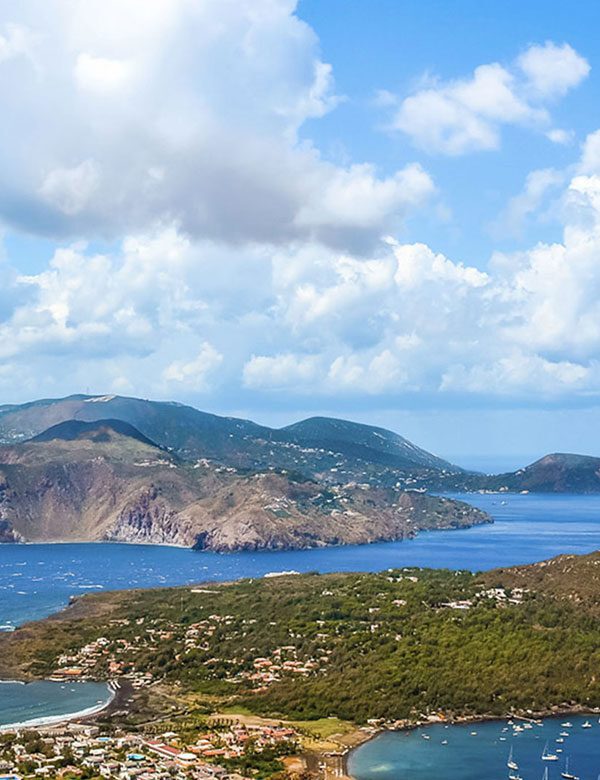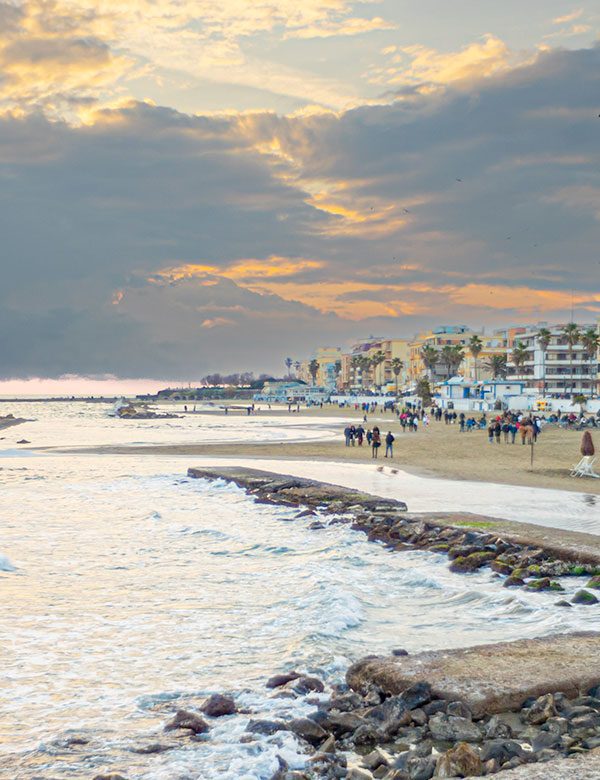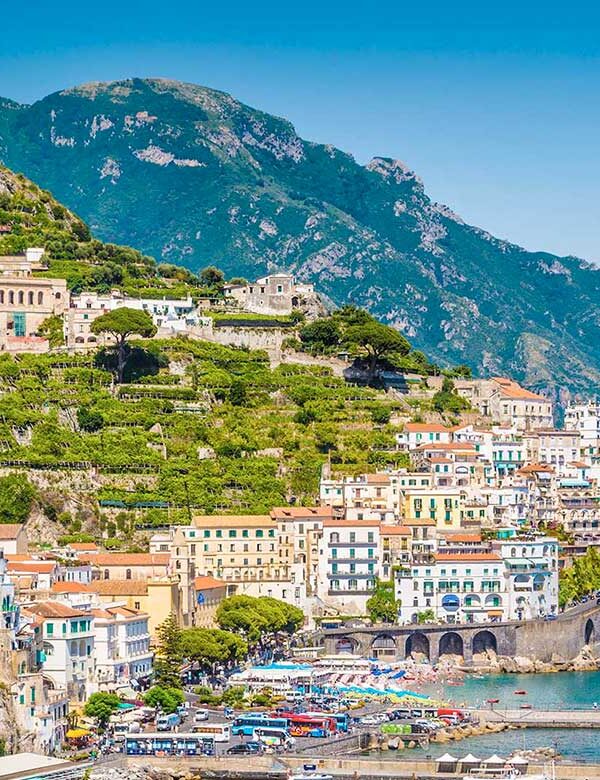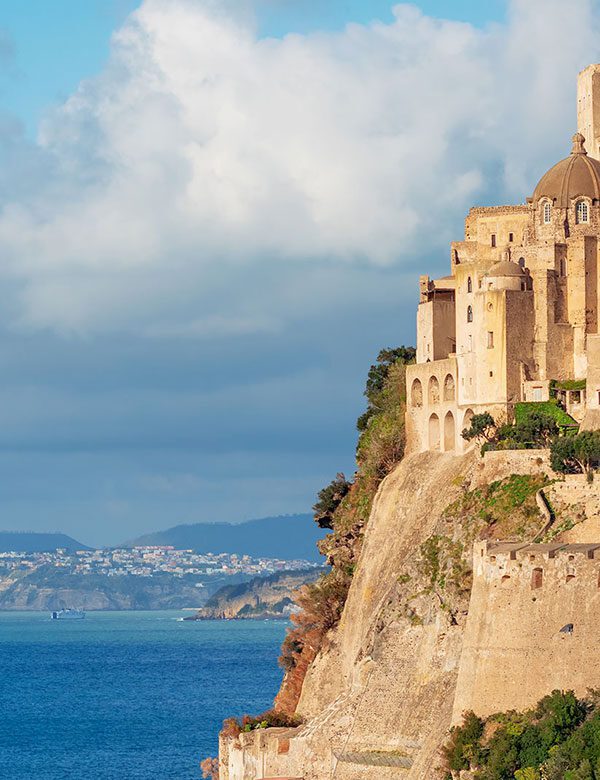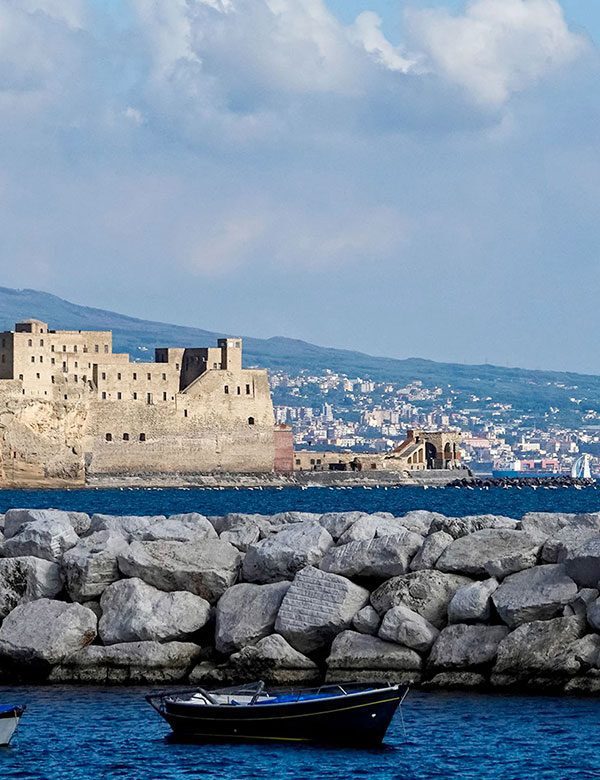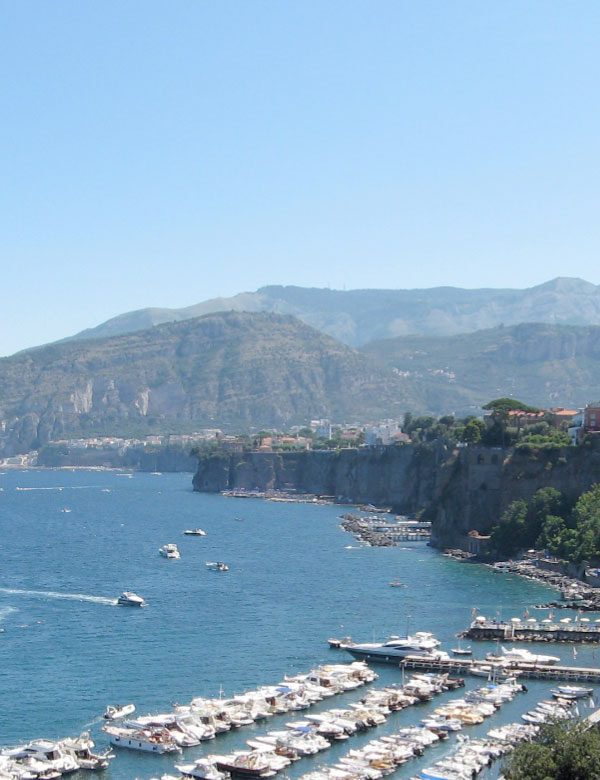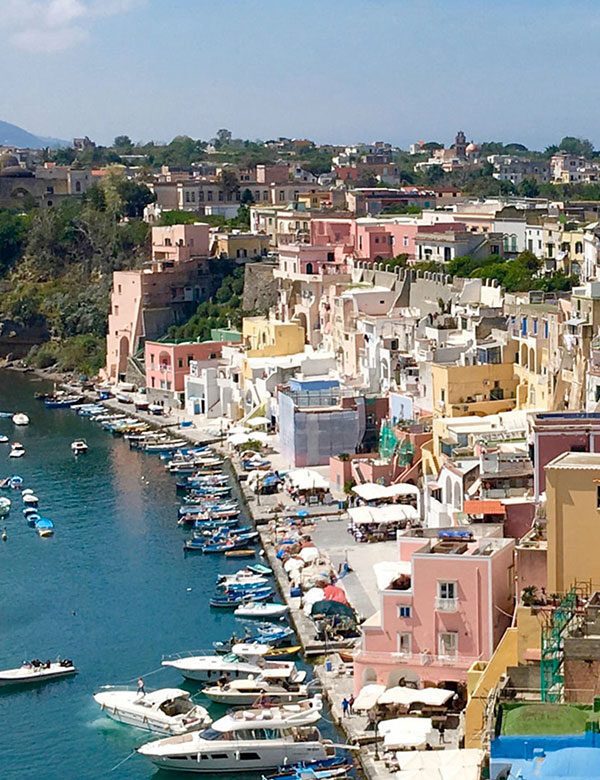Capri
Capri is a magical island, famous for its breathtaking beaches such as Marina Grande, Marina Piccola, and Bagni di Tiberio, which offer spectacular views of the Faraglioni and peaceful corners. Rich in history, with ancient Roman residences like Palazzo a Mare and Villa Jovis, the island invites exploration of its unique landscapes, blending elegance and myth. Every corner tells millennia-old stories, as visitors get lost among scenic alleyways and dreamlike beaches, immersing themselves in a timeless atmosphere.
Places to Visit
-The Faraglioni: Three majestic Faraglioni emerge from the sea and represent one of the symbols of Capri. A boat trip around these monoliths is an unforgettable experience.
- Anacapri: A tranquil village situated at a higher altitude, home to the famous Villa San Michele, the residence of physician and writer Axel Munthe.
- Gardens of Augustus: These gardens offer a stunning panoramic view of Marina Piccola and the Faraglioni.
- Blue Grotto: An unmissable attraction in Capri, with luminous blue waters thanks to sunlight filtering through the underwater entrance.
- Mount Solaro: The highest point in Capri offers spectacular views of the entire island.
- Villa Lysis: A villa with a decadent charm, witnessing a fascinating love story, immersed in a romantic atmosphere.
- Church of San Michele: Located in Anacapri, this church features a stunning majolica floor, a true work of art.
- Punta Carena : The scenic lighthouse of Capri, with its majestic position at the western tip of the island, offers breathtaking views of the sea.
How to reach it ?
Departure From:
 Hello Alilauro 081 497 2238
Hello Alilauro 081 497 2238









